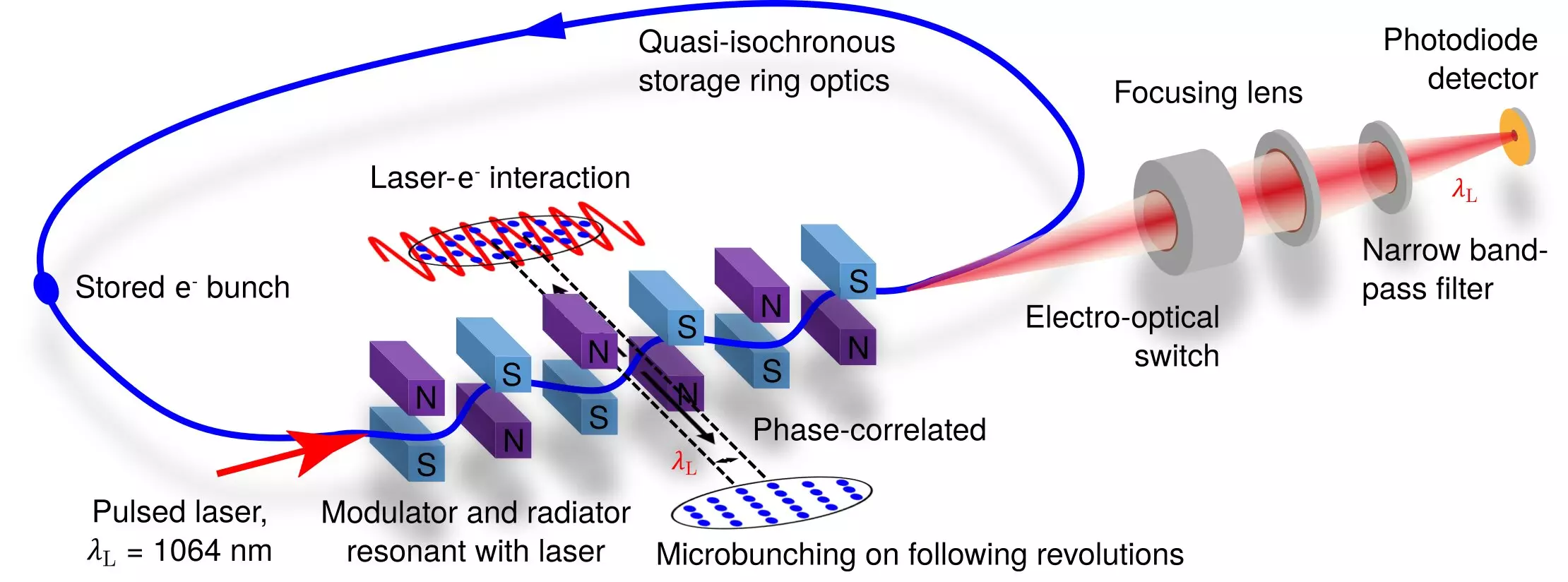The concept of synchrotron radiation has long been a cornerstone of materials research, with its high brilliance light providing valuable insights into the molecular structure of various substances. However, the limitations of traditional storage ring technology have hindered the full potential of this powerful tool.
In 2010, physicist Alexander Chao and Daniel Ratner presented a groundbreaking solution to this challenge by proposing a method to achieve coherent electron radiation in storage rings. By reducing the length of electron bunches to below the wavelength of emitted light, the researchers were able to create a coherent and vastly more powerful form of radiation. This innovation has the potential to revolutionize the field of materials research.
Chinese theorist Xiujie Deng’s work on isochrone or “low-alpha” rings has played a crucial role in advancing the development of coherent electron radiation. By creating short particle bunches only one micrometer in length, Deng’s theory has paved the way for the realization of coherent radiation sources with significantly higher outputs. The successful proof-of-principle experiment conducted by a research team from HZB, Tsinghua University, and PTB in 2021 demonstrated the feasibility of this approach.
The potential of coherent electron radiation as a powerful tool for materials research is immense. The ability to generate high-power, monochromatic light in storage rings opens up new avenues for studying the properties of various materials with unprecedented detail and precision. While the journey towards commercializing this technology may be long and challenging, the promising results obtained thus far indicate a bright future for the field of coherent electron radiation.
The development of coherent electron radiation represents a significant milestone in the evolution of materials research. By harnessing the power of short particle bunches in storage rings, researchers have unlocked a new realm of possibilities for studying the characteristics of materials at the molecular level. As this technology continues to evolve, it holds the potential to revolutionize the way we understand and manipulate matter, opening up exciting new possibilities for scientific discovery.


Leave a Reply